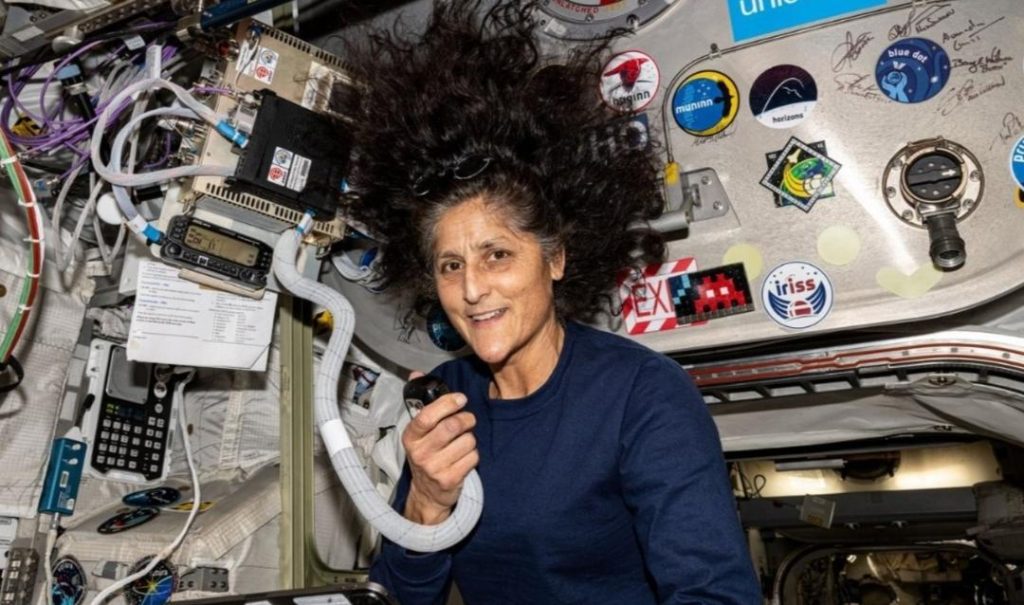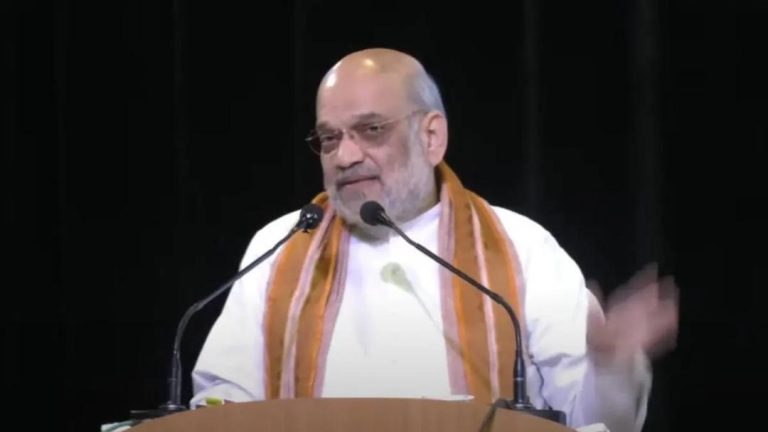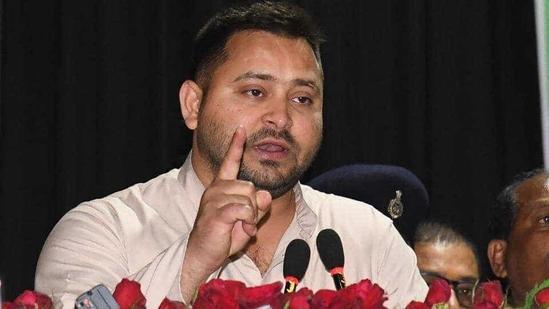
What Scientific Milestones Were Achieved by Sunita Williams and Her Team?
In a remarkable feat of scientific exploration, NASA recently listed the numerous milestones achieved by the crew of Expedition 9, comprising Nick Hague, Butch Wilmore, Sunita Williams, and cosmonaut Aleksandr Gorbunov aboard the International Space Station (ISS). The crew’s groundbreaking research, which spanned over several months, focused on various plant-related studies, Earth observation, and the testing of innovative technologies in microgravity.
Plant-Related Studies
One of the primary areas of focus for the crew was plant-related research. This included an experiment to study the effects of microgravity on the growth of plants, which could have significant implications for future long-duration space missions. The study aimed to understand how plants adapt to the unique conditions of space, including the lack of gravity and limited resources.
The crew also conducted an experiment to investigate the effects of microgravity on the root system of plants. This research could help scientists develop more efficient methods for growing plants in space, which is crucial for sustaining life during extended space missions.
Earth Observation
Butch Wilmore, one of the astronauts on board, spent a significant amount of time capturing thousands of images of Earth from space. These images provided a unique perspective on urban growth, climate change, and natural disasters. Wilmore’s photographs helped scientists monitor the impact of human activities on the environment and track changes in the Earth’s climate.
The crew’s Earth observation efforts also enabled them to study natural disasters, such as hurricanes and wildfires, in unprecedented detail. By analyzing these images, scientists can better understand the causes and effects of these disasters, ultimately leading to more effective emergency response and disaster management strategies.
Testing 3D Printing of Implantable Medical Devices
Another significant achievement by the crew was the testing of 3D printing of implantable medical devices in microgravity. This innovative technology has the potential to revolutionize the field of medicine, enabling the rapid creation of customized implants and devices for patients.
The experiment involved printing a series of implantable devices, including a small, hollow tube that could be used to deliver medication or monitor vital signs. The success of this experiment demonstrates the feasibility of 3D printing in microgravity and could pave the way for the development of more complex medical devices in space.
Astronaut Health and Fire Safety
In addition to their scientific research, the crew of Expedition 9 also focused on ensuring the health and safety of astronauts in space. They conducted a series of experiments to better understand the effects of microgravity on the human body, including the impact on vision, bone density, and cardiovascular health.
The crew also worked to improve fire safety on the ISS. They conducted a series of tests to evaluate the effectiveness of fire suppression systems and developed new protocols for responding to fires in space.
Conclusion
The scientific milestones achieved by Sunita Williams and her team are a testament to the incredible achievements of NASA’s astronauts and cosmonauts. The crew’s research has significant implications for our understanding of plant growth, Earth observation, and the development of innovative technologies in microgravity.
As we continue to push the boundaries of space exploration, it is essential that we build on the foundation laid by crews like Expedition 9. Their achievements demonstrate the incredible potential of scientific research in space and inspire future generations of scientists and astronauts to continue exploring the unknown.
Source:






